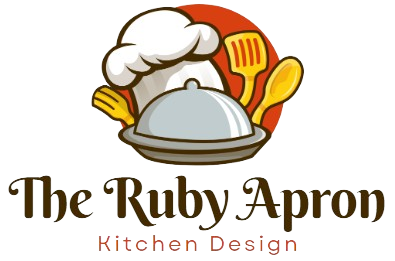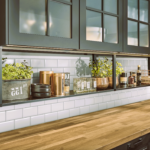Designing a Culinary Workspace: Tips for Home-Based Chefs
For those who are passionate about cooking, the kitchen is not just a space for meal preparation; it’s a canvas for culinary creativity. As a home-based chef, the design of your culinary workspace plays a crucial role in enhancing your efficiency, inspiration, and overall cooking experience. In this article, we’ll explore practical tips for designing a culinary workspace that caters to the unique needs of home-based chefs.
1. Efficient Layout for Seamless Workflow
The foundation of a well-designed culinary workspace is an efficient layout. Arrange key elements – stove, sink, and refrigerator – in a triangular pattern, allowing for easy movement between them. This classic kitchen design principle, known as the work triangle, ensures a smooth workflow and minimizes unnecessary steps during food preparation.
2. Ample Counter Space for Preparation

Home-based chefs often require a generous amount of counter space for chopping, mixing, and assembling ingredients. Ensure your culinary workspace has ample countertop area to accommodate various tasks simultaneously. Consider installing a kitchen island for additional workspace and storage.
3. Quality Knives and Utensils Within Reach
Effortless access to quality knives and essential utensils is paramount for any home-based chef. Designate a dedicated area near the preparation zone for knife storage and utensil organization. Magnetic strips or countertop knife blocks are both practical and stylish solutions.
4. Optimal Lighting for Precision Cooking
Good lighting is crucial in a culinary workspace, especially for tasks that require precision. Install under-cabinet LED lighting to illuminate work surfaces. Consider pendant lights or track lighting above the kitchen island for focused task lighting.
5. Smart Storage Solutions
Efficient storage is key to maintaining an organized culinary workspace. Utilize pull-out shelves, deep drawers, and vertical storage to maximize space. Consider open shelving for frequently used items or display-worthy cookware, adding both functionality and aesthetic appeal.
6. Dedicated Spice Organization
For home-based chefs, easy access to spices is essential. Consider installing a spice rack or drawer near the stove for quick and convenient seasoning during cooking. Organize spices in clear containers or labeled jars for easy identification. Designing a gourmet kitchen studio, read more in our article.
7. Ventilation for a Fresh Cooking Environment
Adequate ventilation is often overlooked but is crucial for a comfortable cooking environment. Install a high-quality range hood to eliminate cooking odors, grease, and excess heat. Proper ventilation contributes to a cleaner, fresher workspace.
8. Technology Integration
Incorporate technology into your culinary workspace for added convenience. Consider a hands-free faucet, smart kitchen appliances, or a built-in tablet or screen for accessing recipes and cooking tutorials. Technological advancements can enhance both efficiency and enjoyment in the kitchen.
9. Personalized Touches for Inspiration

Infuse your culinary workspace with personal touches that inspire creativity. Hang artwork, add indoor plants, or display cookbooks that resonate with your culinary style. A personalized touch creates a warm and inviting atmosphere in your kitchen.
10. Comfortable Seating for Guests
If your culinary workspace extends to a dining area, ensure comfortable seating for guests. Whether it’s barstools at the kitchen island or a cozy dining nook, providing a comfortable space for family and friends enhances the social aspect of home-based cooking.
Conclusion
Designing a culinary workspace for home-based chefs involves a thoughtful combination of functionality, organization, and personalization. By implementing these tips, you can create a kitchen that not only meets the practical demands of cooking but also serves as a space for culinary exploration and enjoyment.
For more information on kitchen design principles and home renovation standards, you can explore Wikipedia’s Kitchen Design page. Additionally, for official guidelines, refer to Canada’s Home Renovation and Design Standards.





